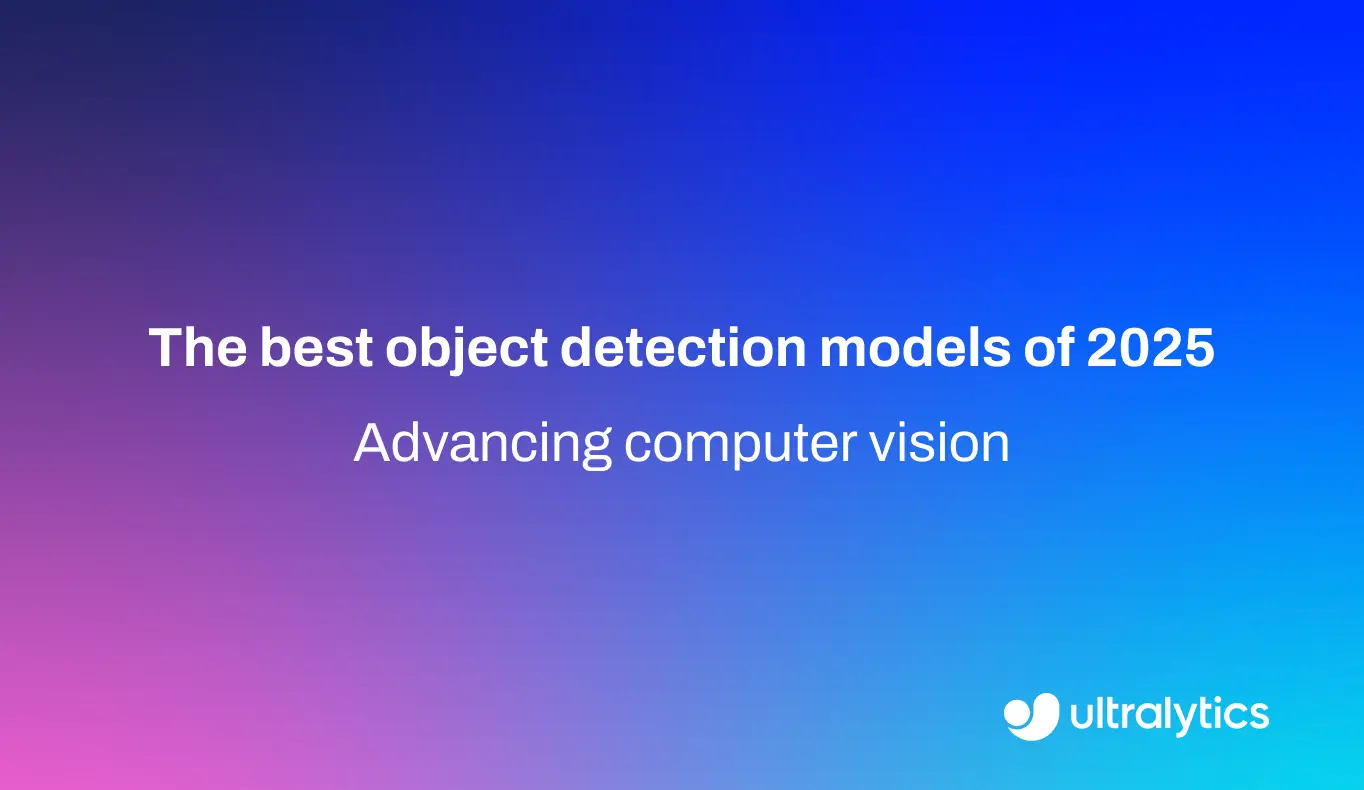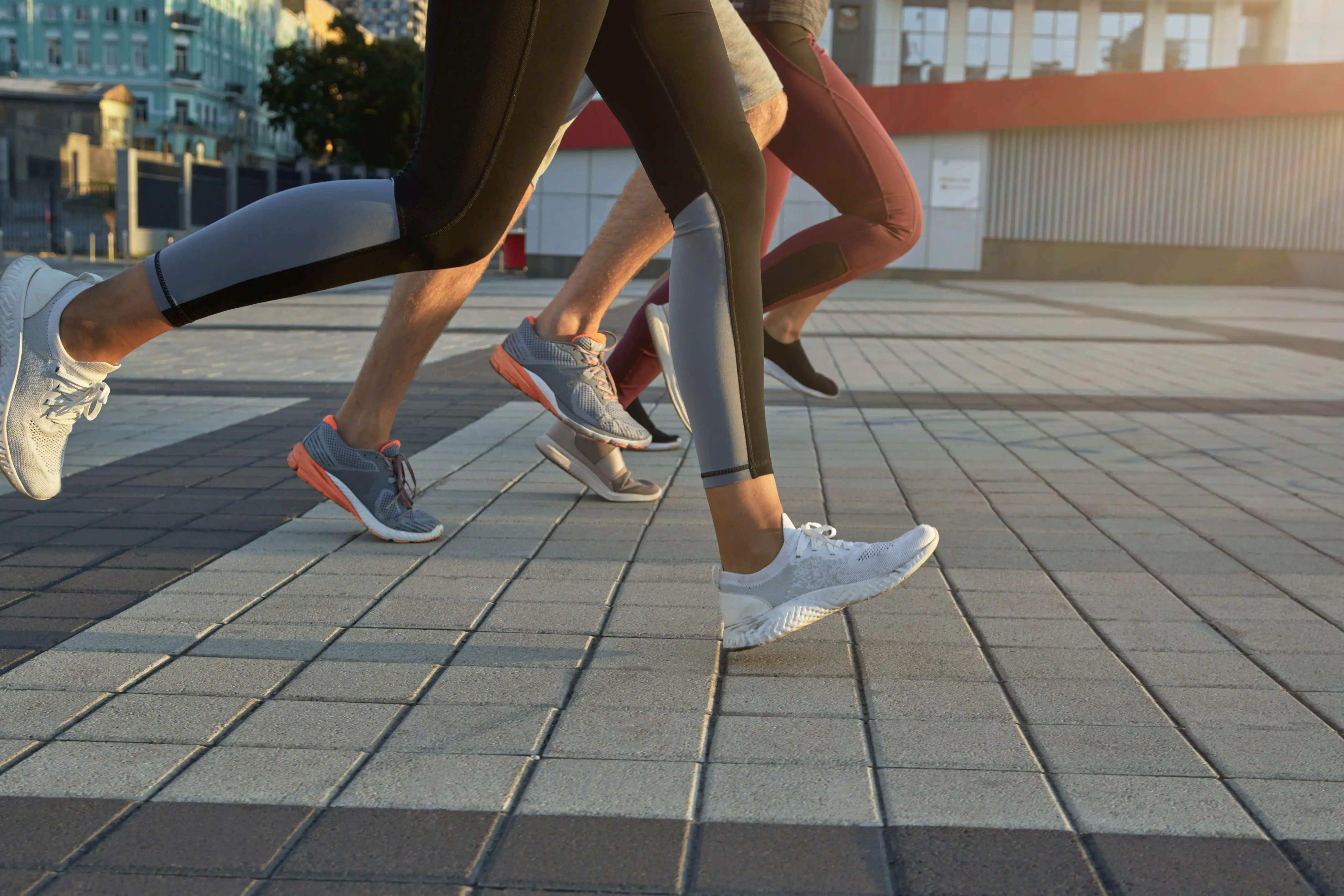Mixture of Experts (MoE)
Discover Mixture of Experts (MoE), a breakthrough AI architecture enabling scalable, efficient models for NLP, vision, robotics, and more.
Mixture of Experts (MoE) is a specialized
neural network (NN) architecture designed to
scale model capacity efficiently without a proportional increase in computational cost. Unlike traditional
"dense" models where every parameter is active for every input, an MoE model utilizes a technique called
conditional computation. This allows the system to dynamically activate only a small subset of its total
parameters—known as "experts"—based on the specific requirements of the input data. By leveraging this
sparse activation, researchers can train massive systems, such as
Large Language Models (LLMs), that possess
trillions of parameters while maintaining the
inference latency and speed of a much smaller
model.
Core Components of MoE Architecture
The MoE framework replaces standard dense layers with a sparse MoE layer, which consists of two primary components
that work in tandem to process information:
-
Expert Networks: These are
independent sub-networks, often simple
Feed-Forward Networks (FFNs), that specialize
in handling different types of data patterns. For example, in a
natural language processing (NLP)
task, one expert might focus on grammatical structure while another specializes in idiomatic expressions.
-
Gating Network (Router): The router acts as a traffic controller. For every input token or image
patch, it calculates a probability distribution via a
softmax function to determine which experts are best
suited to process that specific input. It typically routes the data to the "Top-K" experts (usually 1 or
2), ensuring that the vast majority of the model remains inactive, thereby conserving computational resources.
MoE vs. Model Ensembles
While both architectures involve multiple sub-models, it is crucial to distinguish
Mixture of Experts from a
Model Ensemble.
-
Model Ensembles: In methods like
bagging or boosting, multiple distinct models process
the same input independently, and their predictions are aggregated to improve
accuracy. This approach increases computational cost
linearly with the number of models, as every model runs for every inference.
-
Mixture of Experts: An MoE is a single, unified model where different inputs follow different paths
through the network. Only the selected experts are executed, allowing the model to be extremely large in parameter
count but sparse in computation. This enables high
scalability that dense ensembles cannot match.
Real-World Applications
The MoE architecture has become a cornerstone for modern high-performance AI, particularly in scenarios requiring
immense knowledge retention and multi-task capabilities.
-
Advanced Language Generation: Prominent foundation models, such as
Mistral AI's Mixtral 8x7B and Google's
Switch Transformers,
employ MoE to handle diverse language tasks. By routing tokens to specialized experts, these models can master
multiple languages and coding syntaxes simultaneously without the prohibitive training costs of dense models of
equivalent size.
-
Scalable Computer Vision: In the field of
computer vision (CV), MoE is used to create
versatile backbones for tasks like
object detection and image classification. An
MoE-based vision model, such as Google's Vision MoE (V-MoE), can
dedicate specific experts to recognize distinct visual features—like textures versus shapes—improving performance on
massive datasets like ImageNet. Current efficient models
like YOLO11 rely on optimized dense architectures, but
future R&D projects like YOLO26 are exploring advanced
architectural strategies to maximize the trade-off between size and speed.
Routing Logic Example
Understanding the routing mechanism is key to grasping how MoE works. The following
PyTorch snippet demonstrates a simplified gating mechanism
that selects the top 2 experts for a given input batch.
import torch
import torch.nn as nn
# A simple router selecting the top-2 experts out of 8
num_experts = 8
top_k = 2
input_dim = 128
# The gating network predicts expert relevance scores
gate = nn.Linear(input_dim, num_experts)
input_data = torch.randn(4, input_dim) # Batch of 4 inputs
# Calculate routing probabilities
logits = gate(input_data)
probs = torch.softmax(logits, dim=-1)
# Select the indices of the most relevant experts
weights, indices = torch.topk(probs, top_k, dim=-1)
print(f"Selected Expert Indices:\n{indices}")
Challenges in Training
Despite their efficiency, MoE models introduce complexity into the
training process. A primary challenge is
load balancing; the gating network may converge to a state where it routes everything to just a few
"popular" experts, leaving others undertrained. To prevent this, researchers apply auxiliary
loss functions that encourage uniform distribution
across all experts. Additionally, implementing MoE requires sophisticated
distributed training infrastructure to manage
communication between experts split across different
GPUs. Libraries like
Microsoft DeepSpeed and
TensorFlow Mesh have been developed specifically to handle these
parallelization hurdles.












